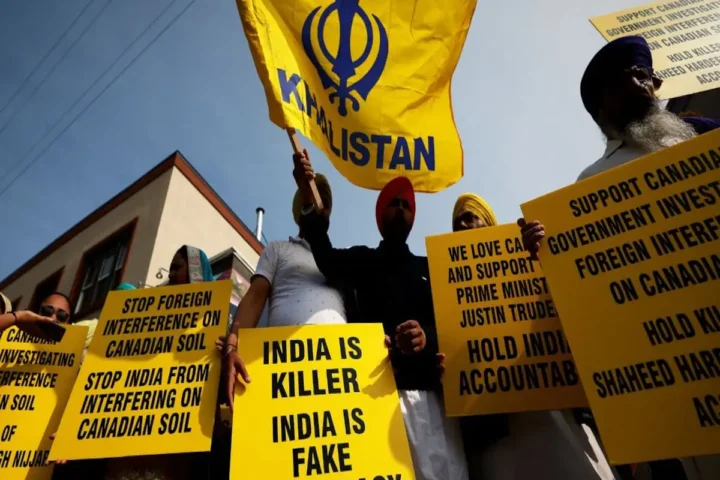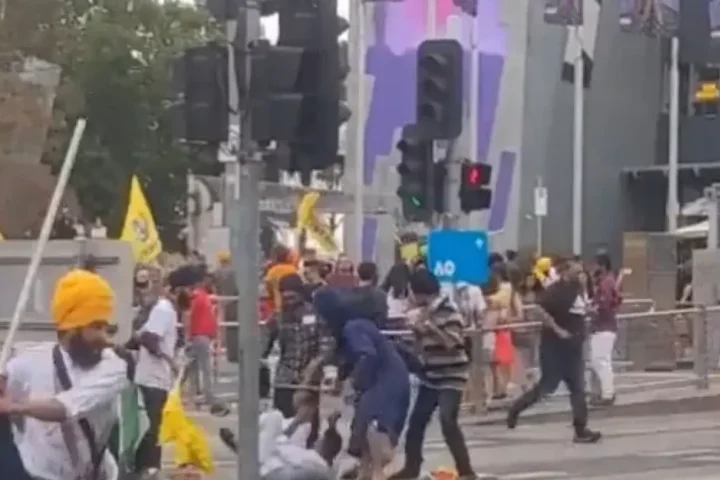With the recent Israel-Hamas War, one thing that has remained constant amidst every political upheaval is the Gaza Strip.
Geographical Constraints: Gaza, home to 2 million people, is a narrow enclave bordered by the Mediterranean Sea, Israel, and Egypt. Recent escalations have led the UN to warn of full-scale war.
History of Conflict: Originally under Egyptian control, Gaza was captured by Israel in 1967. In 2005, Israel withdrew its troops and settlers. Hamas took control in 2007 after clashes with the Palestinian Authority.
Humanitarian Challenges: Gaza’s residents suffer from power cuts, inadequate healthcare, food insecurity, and water shortages. Overcrowding, damaged homes, and restrictions affect daily life. Hospitals have been damaged in past conflicts.
Economic Impact: An Israeli blockade has impeded trade, leading to a reliance on international aid. Unemployment, particularly among the youth, is high. The local economy was beginning to recover before the latest violence.
Healthcare Crisis: The public health system is strained due to the blockade and internal conflicts. Getting medical treatment outside Gaza is complex and requires approvals. The pandemic has further complicated healthcare.
Food Insecurity: Over a million people in Gaza experience food insecurity, despite aid. Access to agricultural land and fishing areas is limited by Israeli restrictions, impacting local food production.
Water Shortages: Water in Gaza is salty and polluted. Residents face water shortages, with most households receiving water for only a few hours every few days.
Education Challenges: Many children attend UN-run schools, which often serve as shelters during conflict. Youth literacy rates are high, but unemployment among the youth is a significant concern.
Gaza’s residents face significant hardships due to the ongoing conflict, with humanitarian crises impacting their daily lives.







